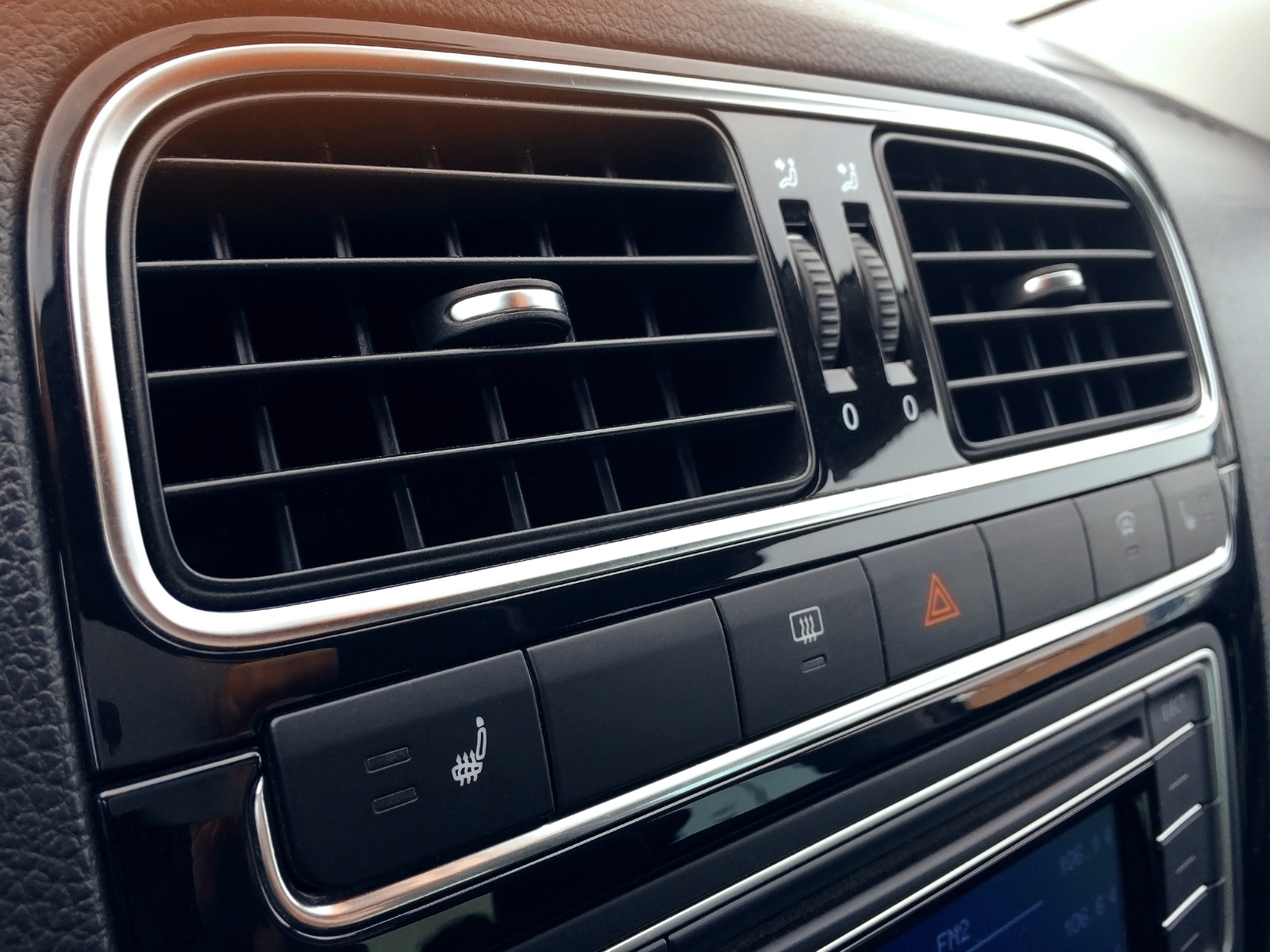Air conditioning is one thing that makes a driving experience more comfortable. This is a necessity in every car, especially during those hot periods of the day or during the rain. This is why the absence of an air conditioner or issues relating to the air conditioner bothers quite a number of people. Car AC failure is caused by three very common culprits. Knowing this could save you money and help you not to be ripped off by a technician. We will be looking at these types of AC failures, the culprits and the proposed fixes.
Little to No Air is Coming Out
A vehicle’s ventilation system is responsible for pushing air into the cabin of the car. In most cars, the vents can pipe in neutral air, heated air, or air-conditioned air.

Controls on the center console allow the driver and their passengers to control the type and flow of air, along with its direction. If these vents stop working, your car will begin to feel stuffy due to the lack of circulation.
Causes and fixes
- Blown fuse: Like many electrical units in your car, the ventilation system relies on a fuse for over-current protection. If the ventilation system’s fuse blows, then the circuit will stop working, and there will be no power for the vents. So check if a fuse is blown and replace if necessary.
- Bad relay: A bad relay can also be responsible. A relay is a small current that controls a larger current. In this case, the relay takes a small electrical current and uses it to control the larger current that the ventilation system requires. When the relay stops working, the vents no longer receive the power they need to operate. So check the relay as well and replace if necessary.
- Non-functioning or damaged blower motor: A blower motor is the motor that sends the air through the vents in your car. It is very similar to the motor that you’ll find on a leaf blower or a home fan. Blower motors can die or be damaged, which will slow or stop the power of your ventilation system. So replace the blower motor.
- Blower resistor malfunction: The blower motor depends on resistors to control the speed at which air flows through your vehicle’s vents. A resistor essentially limits the output of the blower motor so that you only get as much air as you asked for. So replace the blower resistor.
- Clogged air intake: It’s also possible for an air intake to get blocked/clogged. Your car has two kinds of air intakes: fresh (air from outside of the vehicle) and recirculated (air from inside the vehicle). If either of these intakes gets partially or completely blocked/clogged, your venting system may not operate at full capacity. So make sure you free up the air channel.
- Broken hose: There are numerous hoses required to make a ventilation system work. Any leaks, blockages/clogs, or insecure attachments among these hoses can alter the ability of your vents to function properly. So check this and replace leaking hose.
Warm Air is Coming Out Instead of Cold
As you get in your car and turn on your AC, you probably expect it to be blowing hot air for the first minute or two until the system cycles through enough to cool it. But what if the air never gets cold? Or maybe it it gets cooler, but not cold enough? There is likely a problem with your condenser.

A condenser’s job in a vehicle is to cool the warm refrigerant that was used to make the air cold in the evaporator. A condenser has coils and a fan to push the air through the coils and thus cool the refrigerant. If the condenser coils get dirty or blocked/clogged, or if the fan fails, the refrigerant won’t be cooled completely, so the air will come out warm. So check the condenser and replace it if necessary.
Cold Air Blows Intermittently

Frost on the Vents – A car’s air conditioner should never be cold enough to the point where frost forms on the vents. If you have frosty vents in your vehicle, this is an indication that your evaporator is freezing. The air that comes out of the vents will also be a lot colder than normal. You may think this would be a good thing, but it will actually damage the overall performance of the system if it continues on like this. Obviously, in this situation, the AC expansion valve was not able to stop an overflow of refrigerant from entering the core. So look into your car evaporator and replace it if necessary.
AC Compressor Always On – If your AC expansion valve stays open and cannot shut properly, this is how refrigerant continuously gets pumped into the air conditioning system. The compressor will just keep on pumping this refrigerant without ever stopping. The more that this goes on, the more stress that is placed on the compressor. Once that happens, other components within the air conditioning system will start to wear down and fail.
Inconsistent Airflow – Sometimes a bad AC expansion valve will provide an inconsistent performance in its ability to regulate the flow of refrigerant throughout the system. If this were to occur, the air coming out of the vent may be too cold or too warm. The air will likely alternate back and forth between different temperatures at various times. People may mistakenly think the system is fine and that it just needs a few minutes to fix itself. However, if the air ever goes from cool back to warm again, then inspect the AC expansion valve at once.
If you are a bit confused about the symptoms of your car AC, make an appointment with us to get it checked for you by following this link: Can You Check My AC?and we will contact you within 24Hrs.You can still chat with us on our instant messenger by the bottom right of your screen.
 Spot Dem Everything About Cars
Spot Dem Everything About Cars






